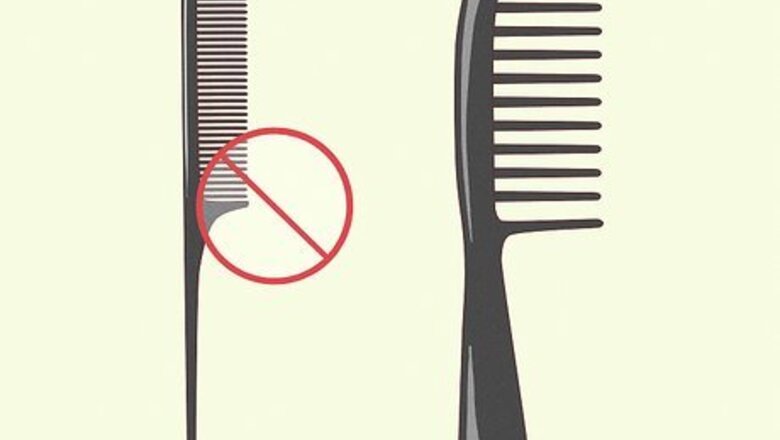
views
Afro-Textured or Tightly Curled Hair
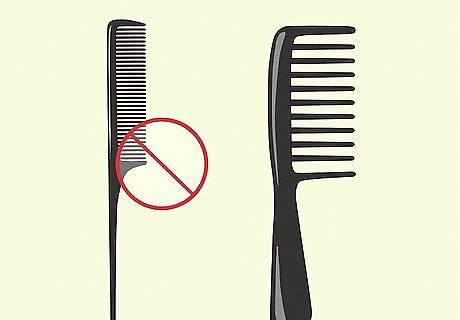
Find a wide-toothed comb. The bigger the gap, the better it teases out the curls. Choose a comb with sturdy teeth, that won't break against your hair.
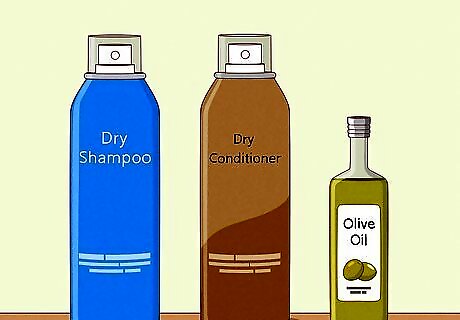
Treat with hair products. If you struggle to get a comb through, use one of these treatments before you begin combing: If your hair feels extra greasy, apply dry shampoo, followed by dry conditioner. If your hair isn't greasy, but still hard to brush, use detangling spray, coconut oil, or olive oil.
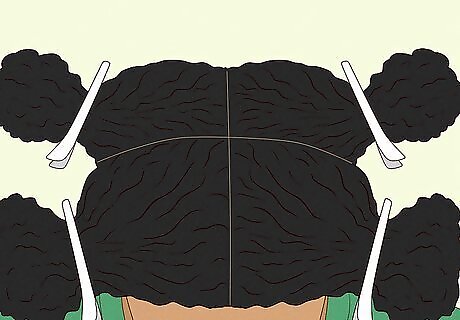
Divide the hair into at least four sections. Divide your hair into front right, back right, front left, and back left sections, and clip them apart. Divide each of these sections in half again if your hair is extra thick.
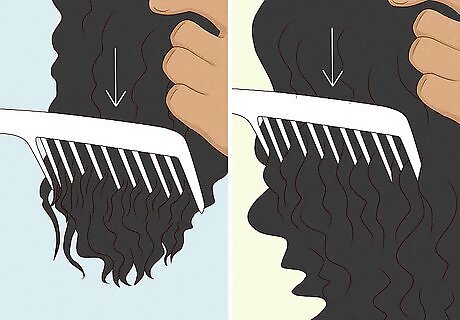
Comb out your hair. Comb each section with downward motions. Start near the end of your hair, teasing out knots before moving to a slightly higher position. Be careful not to snag knots too hard or you'll rip the hair from the root. If your comb gets stuck, work the hair off it with your fingers and try again.
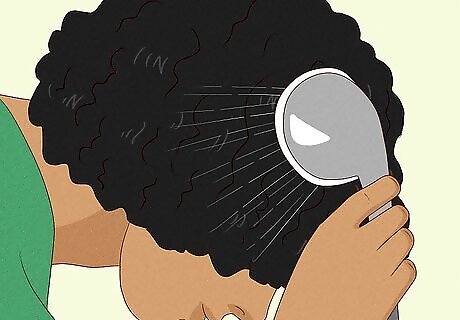
Wet your hair if combing causes pain. Wet hair is sometimes easier and less painful to comb, but is also more likely to break or split. If your scalp is sensitive, wet your hair and try again. For better results, try the following: Wet hair and apply conditioner. Leave in for one hour. Rinse out conditioner. Pat dry with a microfiber towel or cotton T-shirt, then comb. Do not use a towel, as the friction from towels adds frizz to your hair.
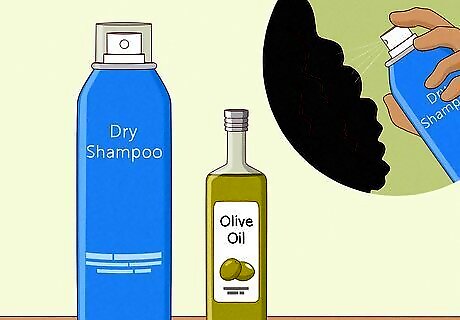
Clean out hair products. If you treated your hair with oil, get rid of it with an application of dry shampoo.
Wavy or Loosely Curled Hair
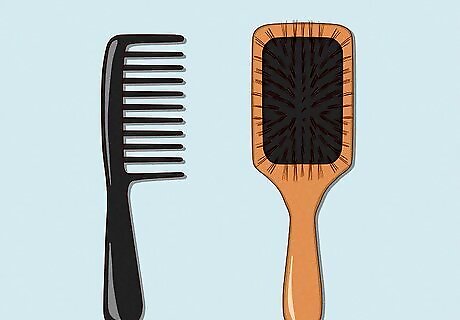
Choose a brush or comb. For very tangled hair, use a wide-toothed comb. For regular upkeep of wavy hair or soft curls, use a paddle brush. Paddle brushes are flat, usually square, and usually have more bristles. This provides a larger surface area to run your hair through as you try to untangle it. The bristle material also makes a difference: Boar bristles are a strong, natural material good for taming thick hair. Nylon bristles are softer and slide more easily, good for fine or fragile hair. More cushioning on the brush gives more flexibility but less pull. Some flexibility is good to avoid tugging, but keep the cushioning low if you have thick hair.
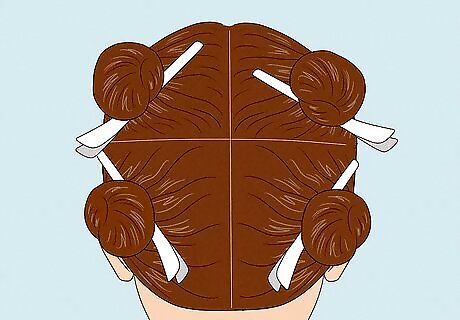
Section hair into four quarters. Separate your hair into two halves, from front to back. Separate each of these in half again, on your left and right sides. Use clips to secure the sections you aren't currently brushing. If you have extra thick hair, separate into additional sections.
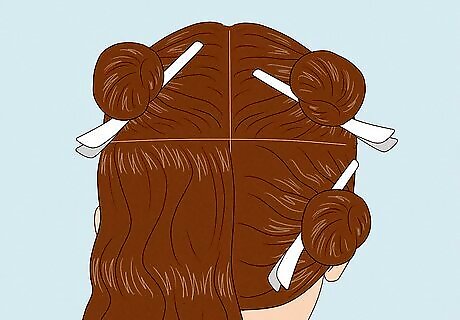
Start with the lower sections. Starting at the base of the head is an easy way to do it. After you have worked through a section, just leave it down and go to the one above, without the lower one getting in the way.
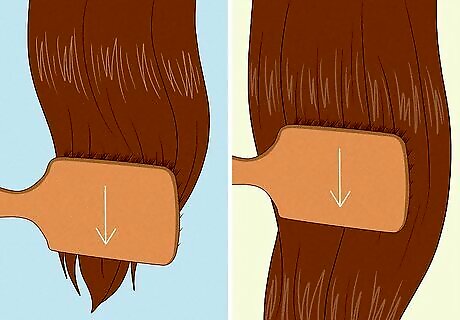
Brush in downward motions, starting at the end. Brush each section of hair starting with the ends. Tease out each knot or tangle with repeated downward motions. Once finished, brush downward from a slightly higher position.
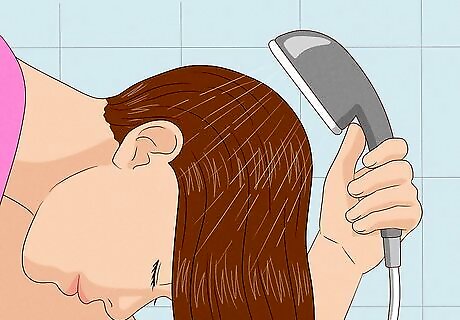
Wet hair as a last resort. When your hair is wet, it is at its weakest. The cuticles (outer hair walls) are expanded, soft, and full of water. However, combing wet hair is less painful on the scalp, and may make it easier to untangle. Brush very gently, to avoid breaking the hair. When combing wet hair, a wide-toothed comb is safer than a brush. Progress to more and more narrow combs to get rid of smaller tangles.



















Comments
0 comment